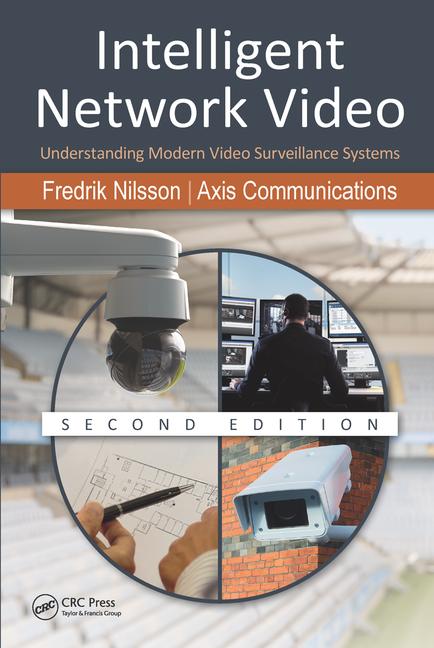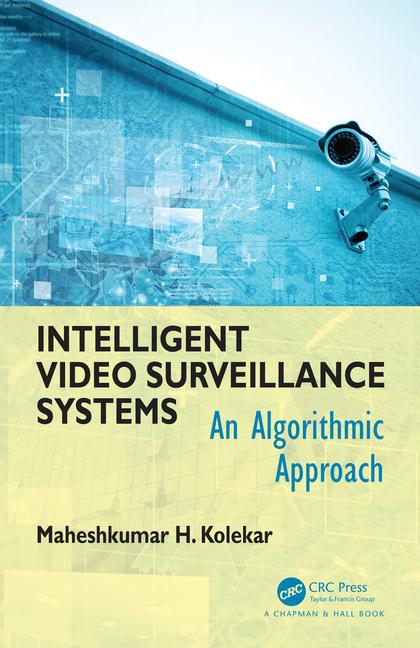Video Analytics Calibration Demystified
As companies look more and more to active surveillance systems with video analytics, ease of installation and maintenance becomes increasingly important. The term “calibration” is an integral part of any video analytics installation. And while it is often discussed, it is typically not defined from the perspective of the end-user, and its impact on the initial installation and ongoing maintenance of the system rarely discussed – until now.
The generally accepted meaning of calibration in the video analytics market focuses on defining the height and size of a human in the specific field of view of an individual camera through a manual process. Vehicle detection, be it cars, boats or bikes, is calibrated in a similar manner, but for now we’ll focus exclusively on humans.
The generally accepted meaning of calibration in the video analytics market focuses on defining the height and size of a human in the specific field of view of an individual camera through a manual process. Vehicle detection, be it cars, boats or bikes, is calibrated in a similar manner, but for now we’ll focus exclusively on humans.
Calibration is typically performed after the camera is mounted and multiple points in a scene are mapped out and recorded with a consistent object, such as a pole. The pole helps the camera determine the height of an average human being and trains it to trigger an alarm when something at that height enters a field of view. The expectation is that the field of view is not going to change dramatically, including landscape, trees and other objects, and the camera will never be repositioned or knocked during routine maintenance. The process is laborious, time-intensive and because it largely relies on a single characteristic, object height, manual calibration does not always provide the most optimal threat detection.
For example, if a person is only partially visible, such as being obscured by objects within a room, walking behind a parked vehicle, or partially hidden by shrubs, only a fraction of an individual’s head and torso might be visible - resulting in a missed detection. To prevent this, analytics that require manual calibration often have to simulate all possible scenarios during the installation process including having individuals walk an area with and without cars in order properly detect partial objects – further complicating the calibrating process. Finally, as foliage changes and new objects are included in a field of view (e.g. vehicles, dumpsters, etc.), cameras need to be recalibrated in order to properly detect people in the new scene.
In order to improve detection accuracy and reduce installation costs, companies have recently introduced adaptive analytics that automatically calibrate. Adaptive analytics uniquely identify people, vehicles and boats by comparing an object’s appearance (texture, silhouette, unique visual features, etc.) and motion with a set of representations synthesized from a database of more than 200,000 examples of people, vehicles and boats in all weather conditions, lighting and fields of view in real-time.
Additionally, adaptive analytics automatically extend its set of internal representations of people, vehicles and boats by adding examples from its field of view– becoming more accurate over time. By classifying an object on multiple characteristics (texture, silhouette, visual features, etc.), this unique capability delivers the greatest accuracy on the market while eliminating the need to ever manually calibrate or tune the analytics – saving significant time, money and resources while increasing accuracy.
As a result, installers and end-users can simply install an analytic camera with adaptive analytics and begin detecting people, vehicles and boats within minutes. They can also reposition any camera without having to recalibrate the channel while also maintain optimal accuracy even as a scene changes (e.g. dumpsters added, landscape added or removed, foliage appears or disappears, vehicles or pallets added and removed, etc.) without having to recalibrate. As a result, we are seeing increased adoption of video analytics in the small and mid-size commercial markets, traditionally unable to pay the expense of typical calibration and retuning.
So what’s the best option for your business? Adaptive analytics deliver a new alternative to manually calibrated analytics with improved accuracy, reduced installation costs, and zero maintenance. By using multiple characteristics to classify a person, adaptive analytics are able to more accurately identify objects even if they are partially occluded, in poor lighting conditions and harsh weather. Adaptive analytics are what we’re all been looking for to bring video analytics into the mainstream.
Looking for a reprint of this article?
From high-res PDFs to custom plaques, order your copy today!







